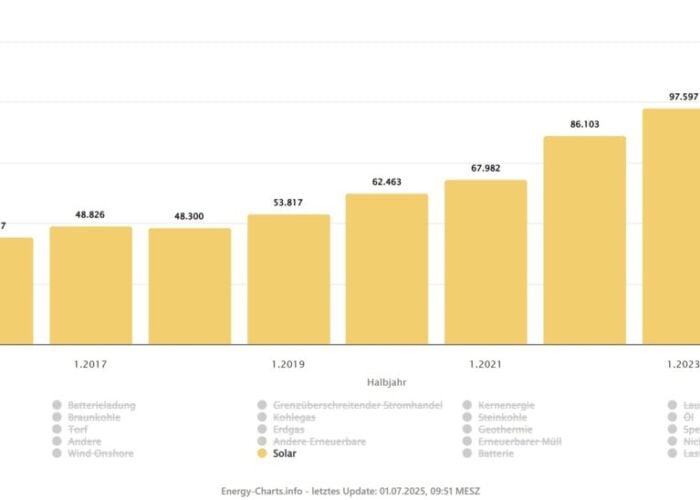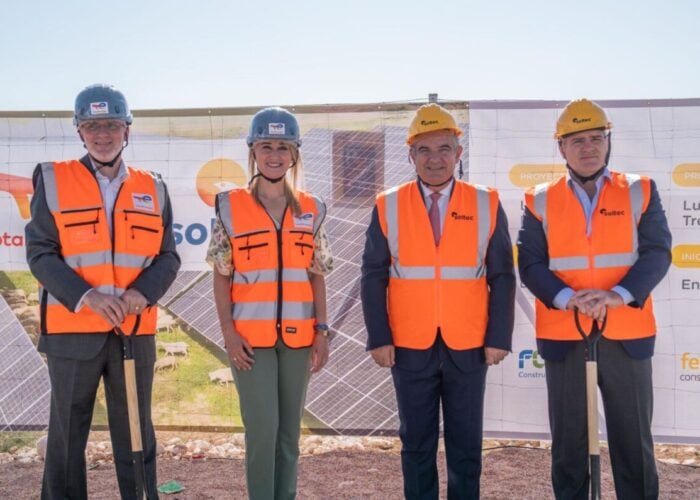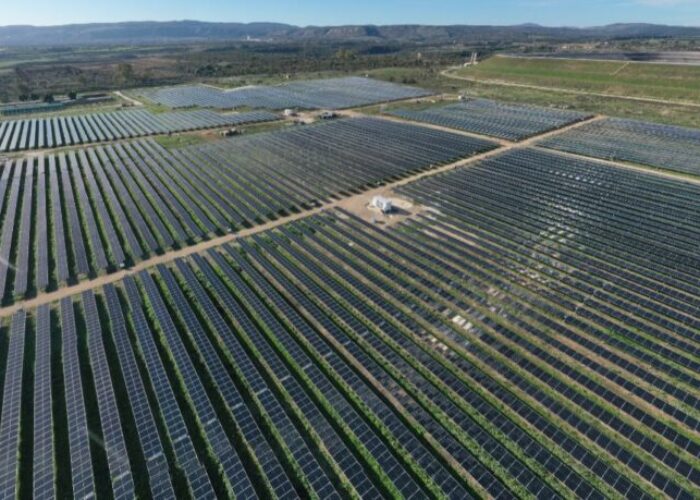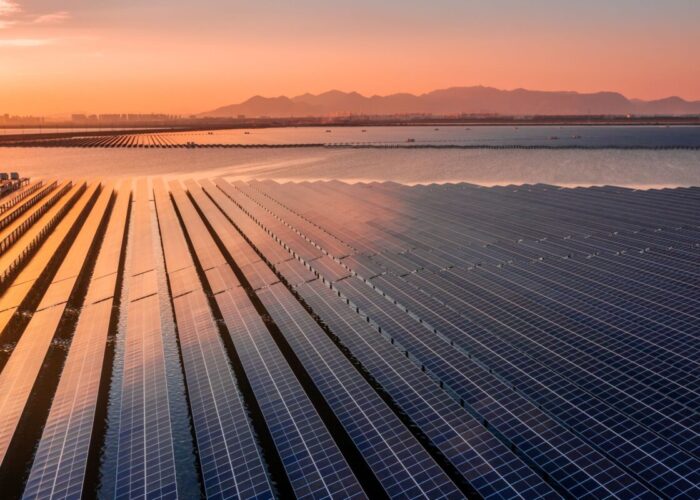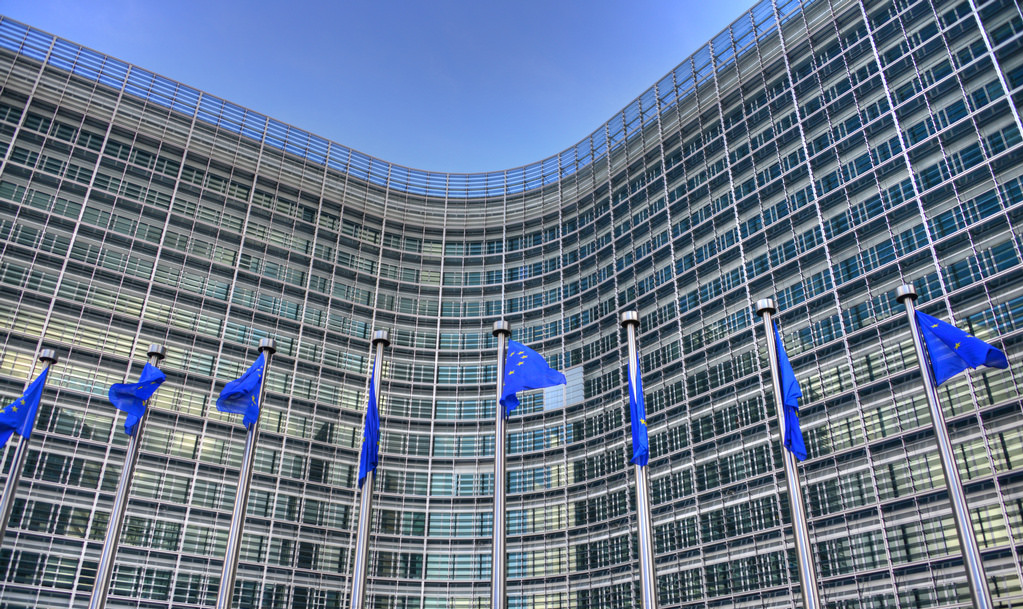
Solar PV has led the European Union’s growth in renewable energy generation during the first half of 2023, up 13% from H1 2022.
The latest report from energy think tank Ember highlights that 17 EU countries registered record generation from renewables in the first six months of the year, with Greece and Romania surpassing 50% for the first time, while Denmark and Portugal reached 75%.
Unlock unlimited access for 12 whole months of distinctive global analysis
Photovoltaics International is now included.
- Regular insight and analysis of the industry’s biggest developments
- In-depth interviews with the industry’s leading figures
- Unlimited digital access to the PV Tech Power journal catalogue
- Unlimited digital access to the Photovoltaics International journal catalogue
- Access to more than 1,000 technical papers
- Discounts on Solar Media’s portfolio of events, in-person and virtual
During the first half of 2023, power demand fell by 5% compared to the same period last year, as fossil fuel generation dropped by 17% year-on-year and reached its lowest generation level ever with 33% of demand.
For the first time, solar and wind accounted for 30% of electricity production in the EU during the months of May and July, and even surpassed total fossil generation in May.
Matt Ewen, Europe data analyst at Ember, said: “The decline in fossil fuels is a sign of the times. Coal and gas are too expensive, too risky, and the EU is cutting them out. But we need to see clean power replacing fossil fuels faster. A massive push, especially on solar and wind, is urgently needed to underpin a resilient economy across Europe.”
A push that has seen solar capacity additions increase across several EU countries, spearheaded by Germany which added 6.5GW in H1 2023 – of which 2.6GW was added in Q1 2023 – and with renewables generating over half (52%) of the electricity consumption in the first half of this year.
Moreover, Italy more than doubled its solar PV installed capacity during H1 2023 with 2.5GW, when last year it added 1GW of capacity in the first half and ended the year with 3GW of solar additions.
A growth of capacity additions throughout the EU is set to continue as shown by many countries’ updated national and energy climate plans (NECPs) with countries such as Spain and Portugal nearly doubling their previous solar PV targets by 2030.
As countries continue to submit their revised targets, with Germany and France still pending, the EU expects 90GW of extra solar PV by 2030 and so far, solar wise, only the Netherlands is decreasing its previous target out of the biggest countries, as shown in the chart below.
However, several challenges still persist in Europe for faster growth from solar PV and wind power with negative prices more frequent, grid congestion still ongoing and transmission increase across regions and borders needed to support the growth of renewables, according to Ember.


